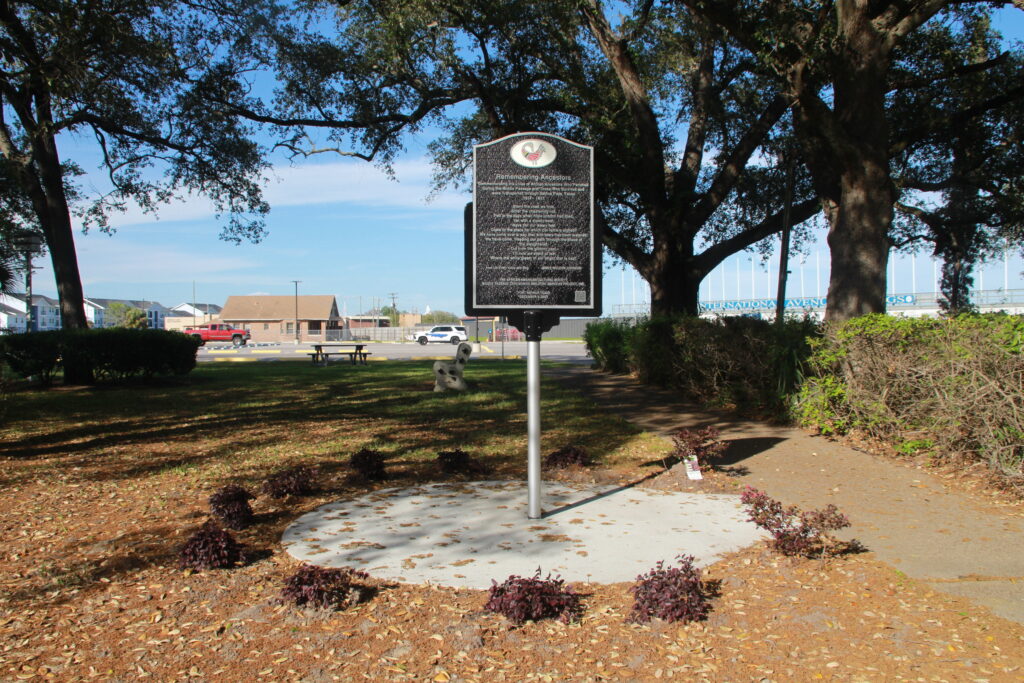
There’s a new marker in Martin J. Popeye Holmes Park in front of the sub-courthouse. It was installed and dedicated last Saturday by the African American Cultural Society and the Middle Passage Ceremonies and Port Markers Project. The marker states that its purpose is to “Commemorating the Lives of African Ancestors Who Perished During the Middle Passage and Those Who Survived and Were Transported Through Sabine Pass, Texas” (1817–1837).
Seeing the wording of the marker makes more sense to me now because I heard in November that the organizations wanted to put up a marker in Port Arthur. It makes sense that it was a passage through Sabine Pass because, at that time, there was no Port Arthur, nor any other town or port existing on the northern banks of Lake Sabine. The township of Aurora came later, but it was wiped out by the hurricane of 1886.
To my knowledge, slave traders, such as Jean Lafitte, usually used the land where the city of Prairie View (Bridge City) would develop, and around Deweyville, on the Sabine River. For those not in the know, yes, Jean Lafitte was a slave trader. I guess that changes your search for his treasure—I digress. Note, I’m not a fan of anything French, especially if they’re running slave ships for the Spaniards—my twenty-four percent Spanish ancestry digresses as well.
According to their Facebook page, the Middle Passage Ceremonies and Port Markers Project was supposed to dedicate this marker on December 1, but I’m sure things happen, like markers not being ready at the foundry. I’m not in the know, but it’s up and in a good place to see it. I will add a link to the Port Arthur News article written by Mary Meaux. I also want to add this quote by Gail Pellum, president of the African American Culture Society: “You can’t let [history] go. If you don’t learn from it, you will repeat it and it will not be good on either side.”
As someone interested in many histories, this is the truest quote that you will hear. This is why it is important to remember all histories and learn from the past, as there are those who will try to repeat it.
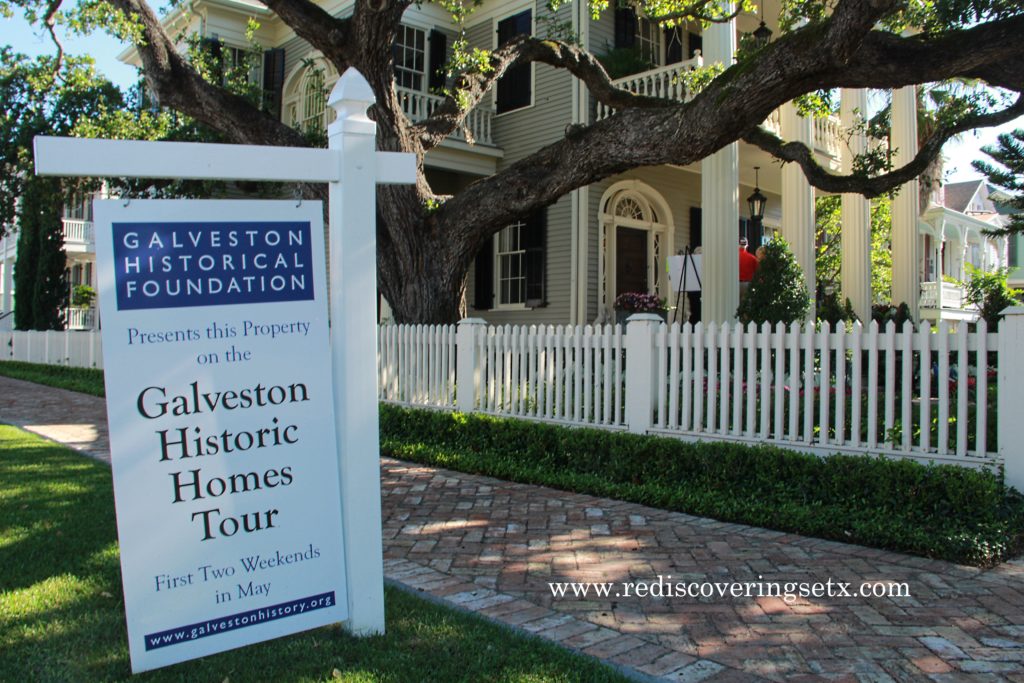
The Galveston Historical Foundation finally released the addresses of this year’s 50th Historic Homes Tour. I, for one, am ecstatic to see a home on the tour that I volunteered at in 2018. It was the cover house that year, and according to the owner, it’s haunted, but don’t tell the GHF because they don’t like people talking about that—or so I was told a few years ago. It was also the house where the neighbor’s cat used to hang out on Sunday mornings in the nice Catholic church (which looks like a mosque) and then look for dinner. That year, he hung out in the front yard and dined on a bird that he’d caught. I can’t say it was much fun for the lines of people waiting to enter the house. I saw him the following year on the tour, as there was a house on the tour about a block away. He certainly got around and loved the attention.
All the houses look great, and I’m ready to tour these gems. I am also ready to volunteer! I will be at the 1871 Frederick and Minna Martini Cottage at 1217 Market Street on the first Sunday, so stop by! I hope to see you there. The Galveston Historical Foundation is always looking for volunteers, so if you think you might be interested in volunteering for this tour or other projects they have going on, I’ll leave a link at the bottom of this blog.

It’s Easter Sunday, and I hope you and your peeps are doing well. As a closer, I’ll let Susie Spindletop finish the blog, as she knows she has to carry me sometimes. Who does that better? Well, Susie, of course!
March 28, 1932
OLD-TIME Easter in Beaumont meant seeing Mrs. Messenger drive in from Rosedale with her buggy filled with dogwood, honeysuckle and palmettoes to trim St. Mark’s church. One year Mrs. Messenger created a sensation by managing to get a calla lilly to bloom in time for Easter.
Dr. Messenger was the rector who held the service here one Sunday and in Orange the next. He swelled his salary by raising fine fruit.
* * *
NOW, Della, did you ever hear of live chickens being party favors? I didn’t either until I learned that Elizabeth Tyrrell gave them away at her Easter party. Ann Page Carey named hers Susie. Thank you, Ann Page.
* * *
Did I tell you that I hear that Lois Cunningham has bought the C. F Graham senior house corner of McFaddin and Fifth? Ruth and I.D. Polk are living there now, but some day I predict Mrs. Cunningham and Lois will move in.
When I first came to Beaumont it was the A.L. Williams home.
March 28, 1937
Easter gives us one diversion. Instead of arguing over which came first, the hen or the egg—we can switch off to the rabbit and the egg!
* * *
Every Easter brings forth a different egg. Just a few years ago everybody speculated on what the minister’s wife was going to wear Sunday, or what tie Mr. Flapjacks would sport. Then came the day of movie stars and they do some strutting for they don’t have to depend on papa or hubby to open up diplomatic relations with the milliner and dress maker.
Take Constance Worth featured in “China passage” falls for sport effect with a little Juliet cap of bright colored raffia instead of sports hat with her simple silk, which is belted in braided Raffia.
Remembering the late news from Ethiopia with Ras this and Ras that we should change raffia to raf.
Della, I had to stop here to keep all these dress names from driving me to the tung nut house.
* * *
Today, Easter will be exactly 12 hours and 23 minutes long. You spend 12 hours dolling up to show off 23 minutes.
SUSIE.
Port Arthur News: Middle Passage Marker
Jean Lafitte:
https://www.battlefields.org/learn/biographies/jean-lafitte
50th Historic Homes Tour:
Galveston Historical Foundation Volunteer Opportunities:
Florence Stratton (Susie Spindletop):

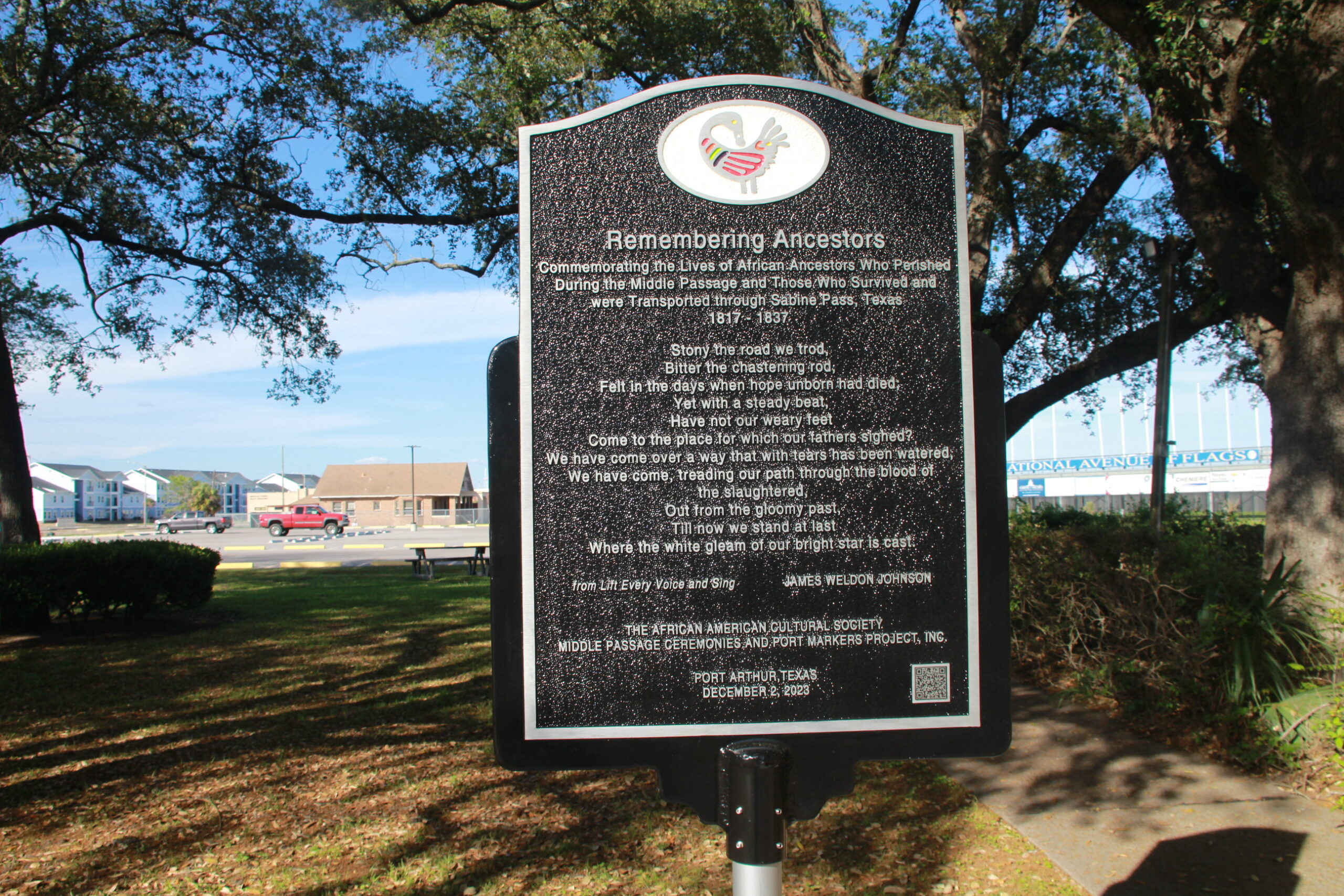
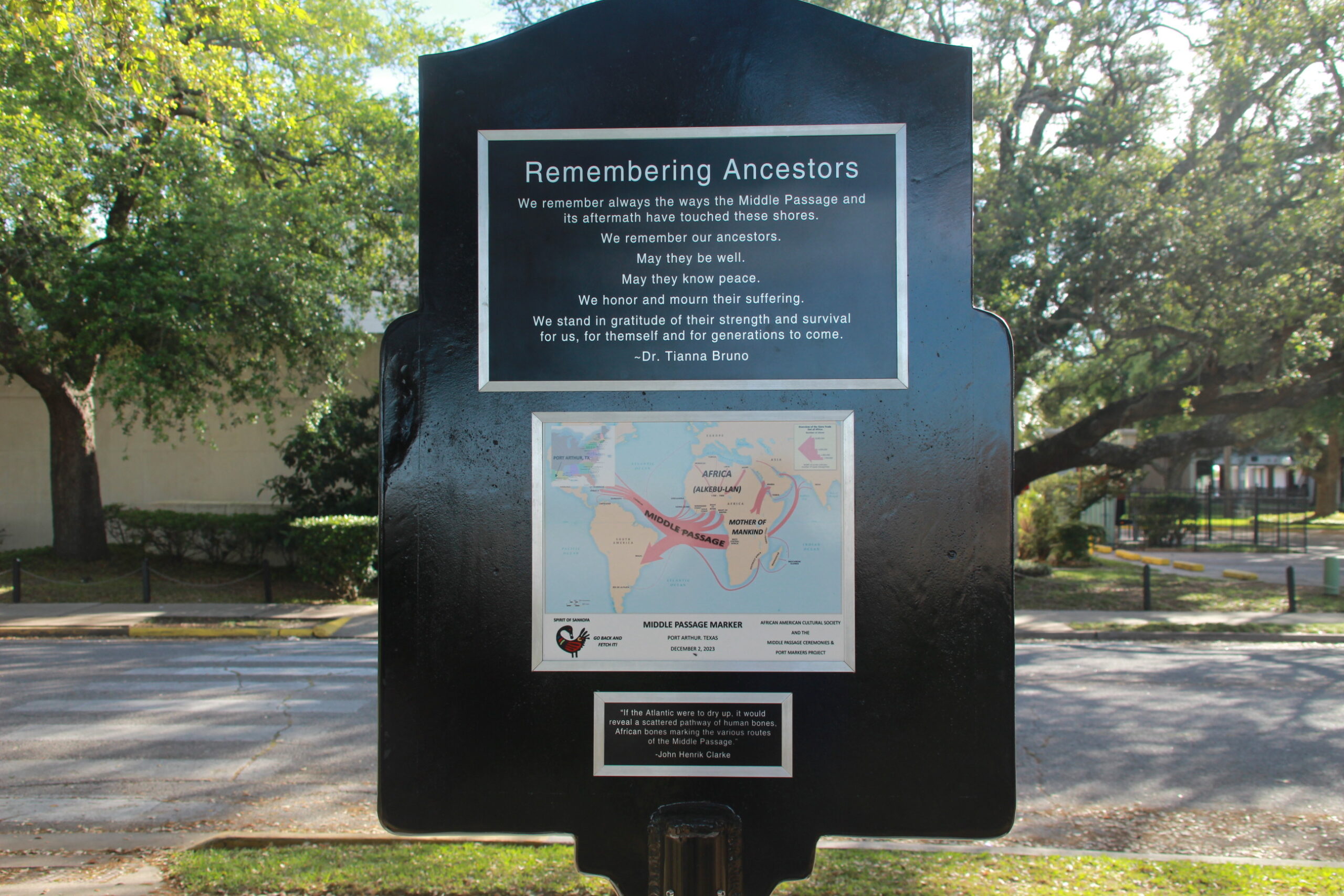
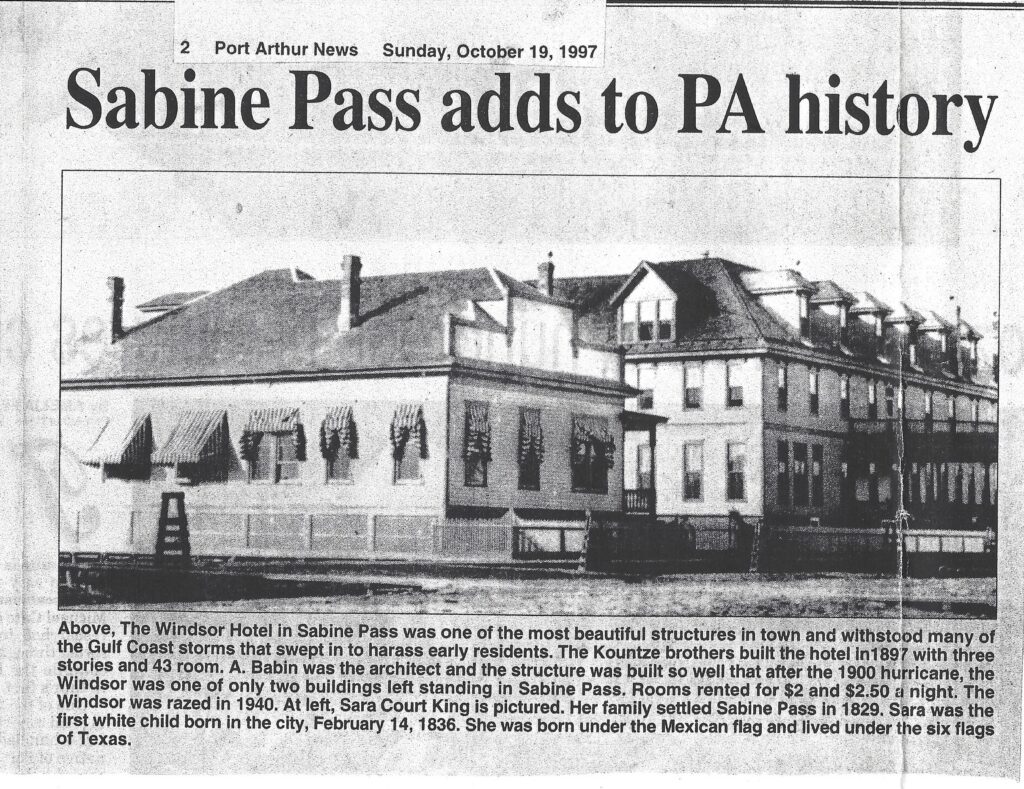
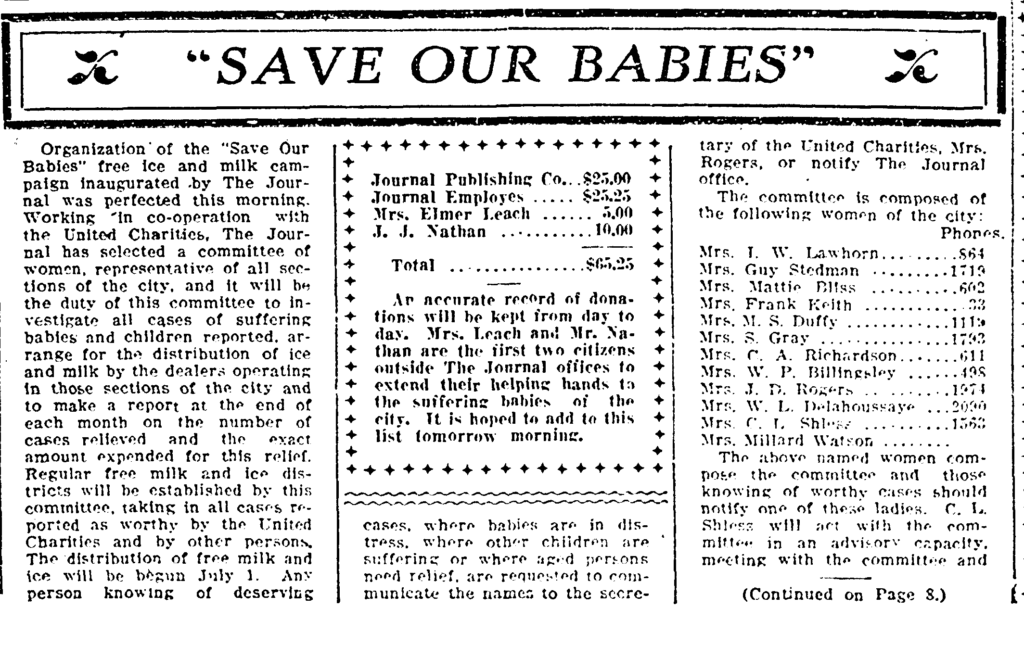
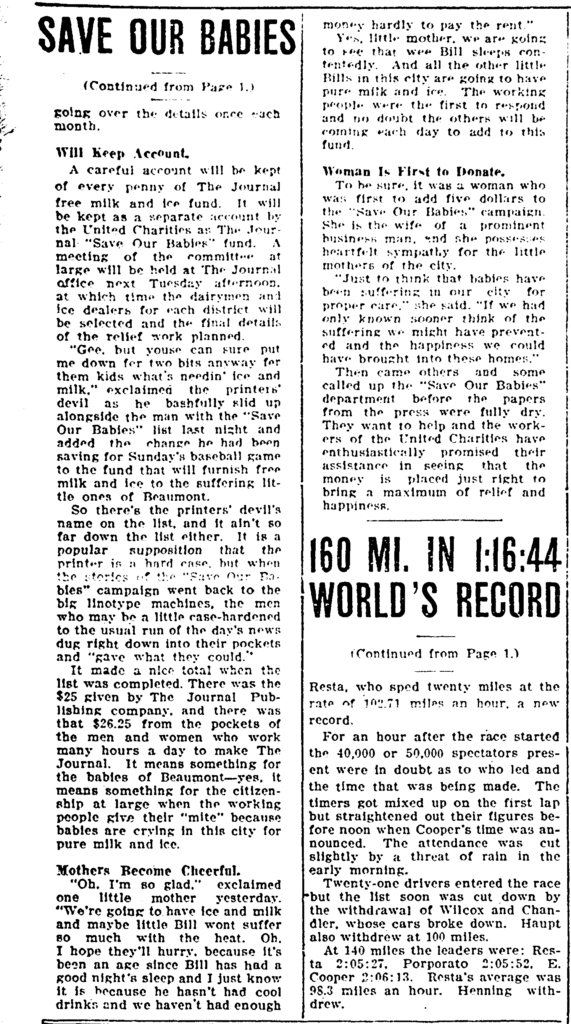
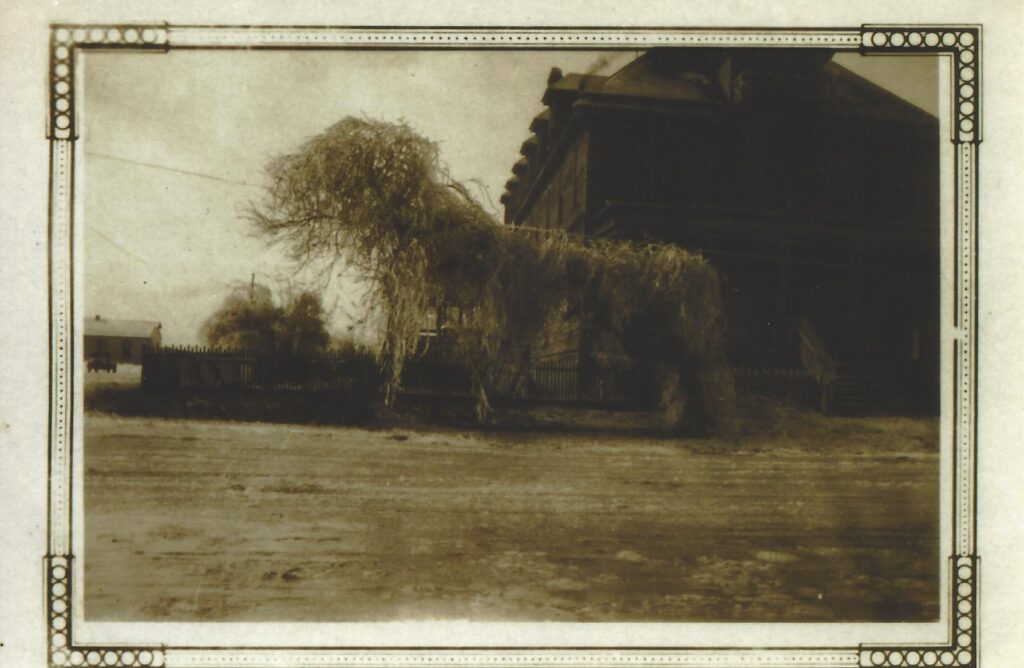

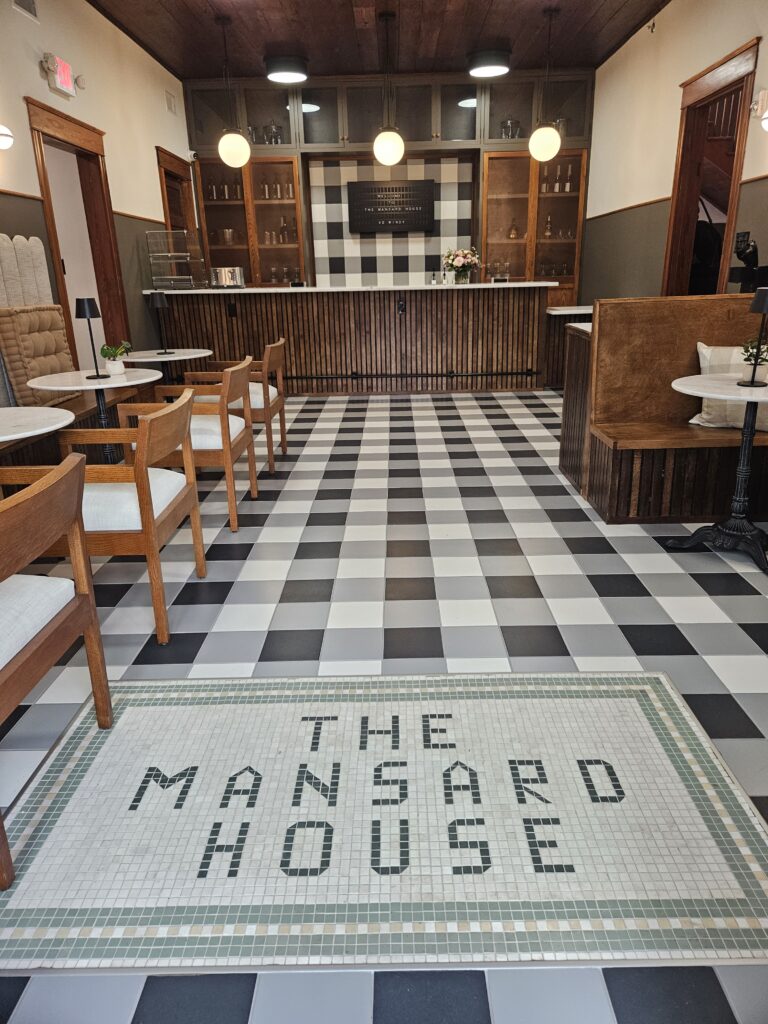

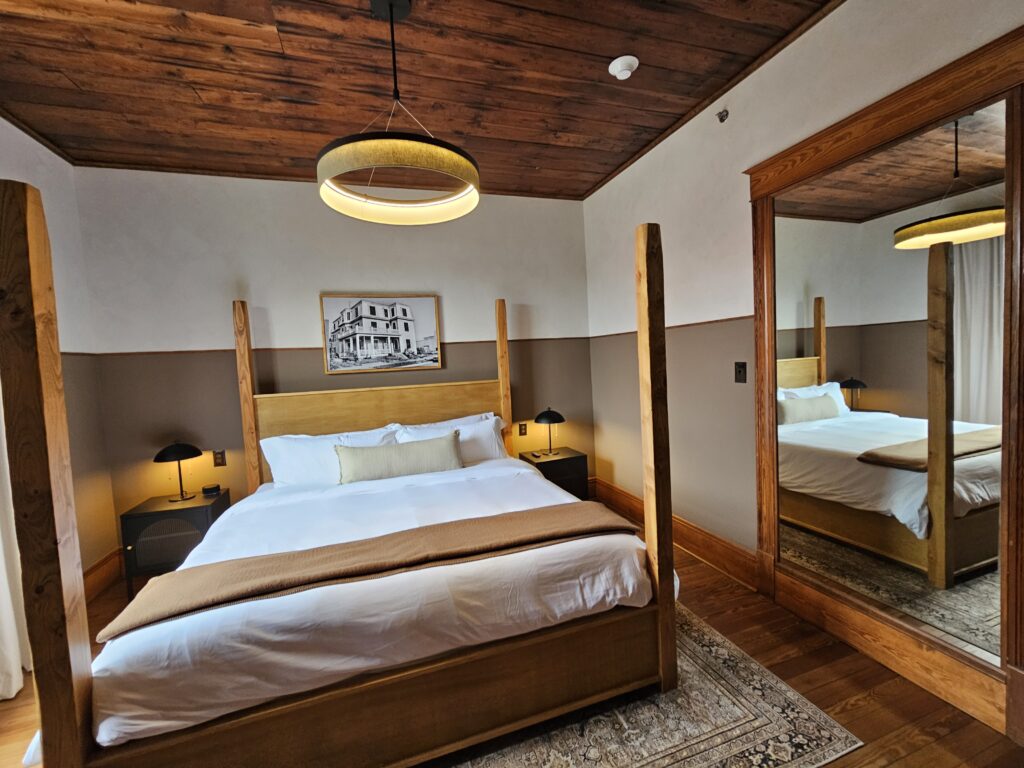


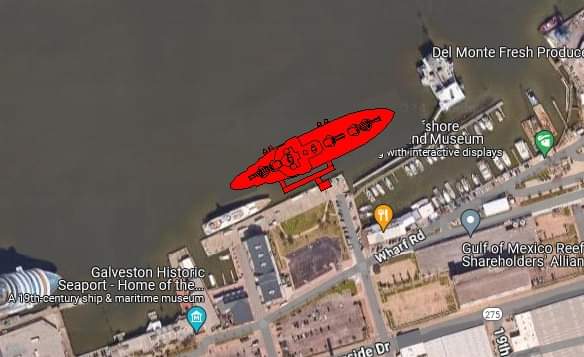
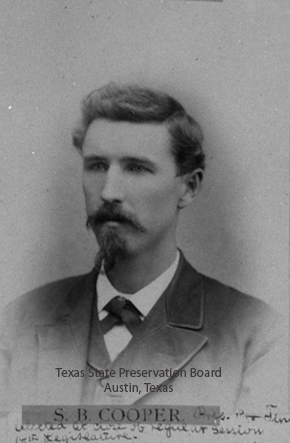

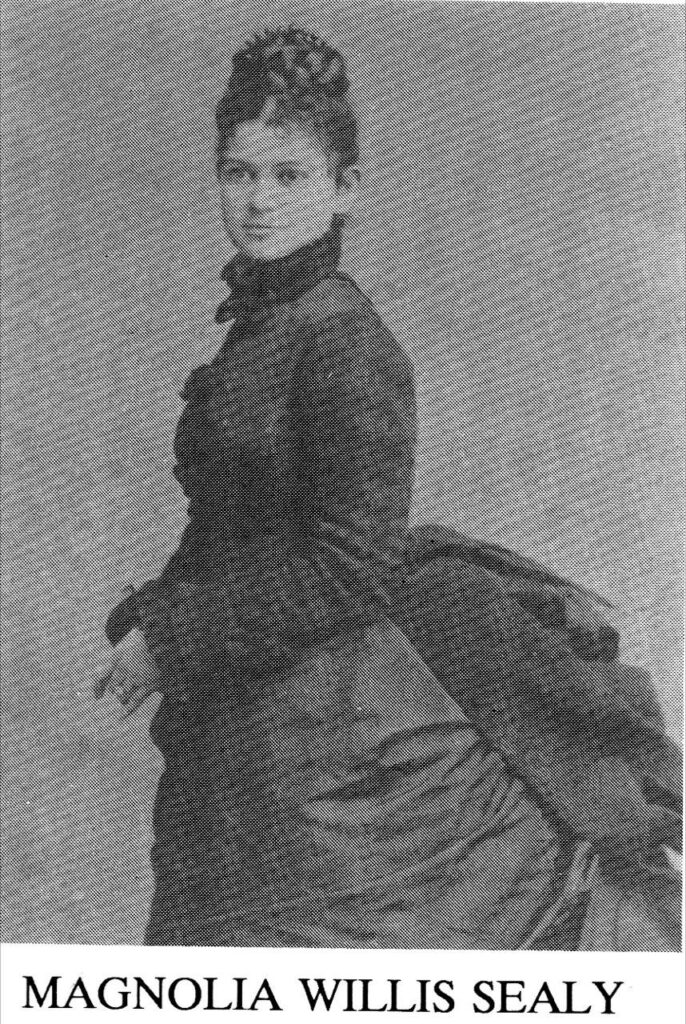

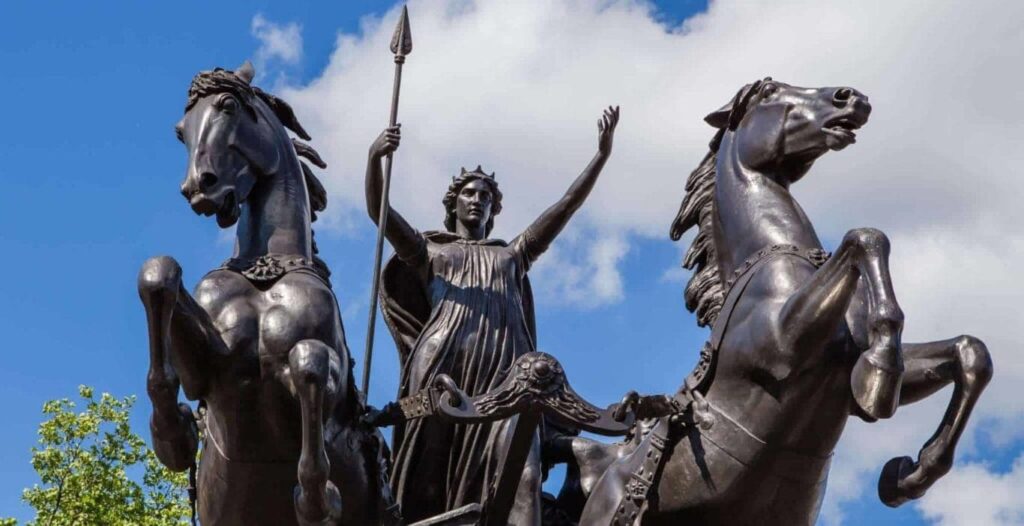
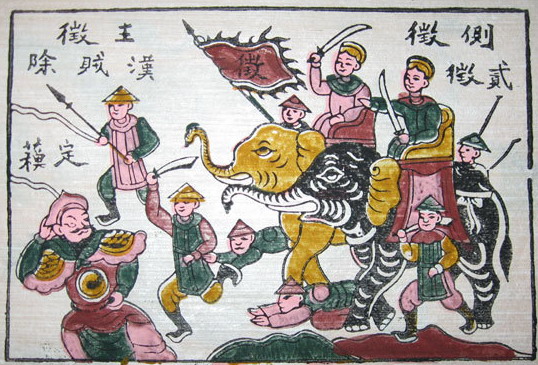

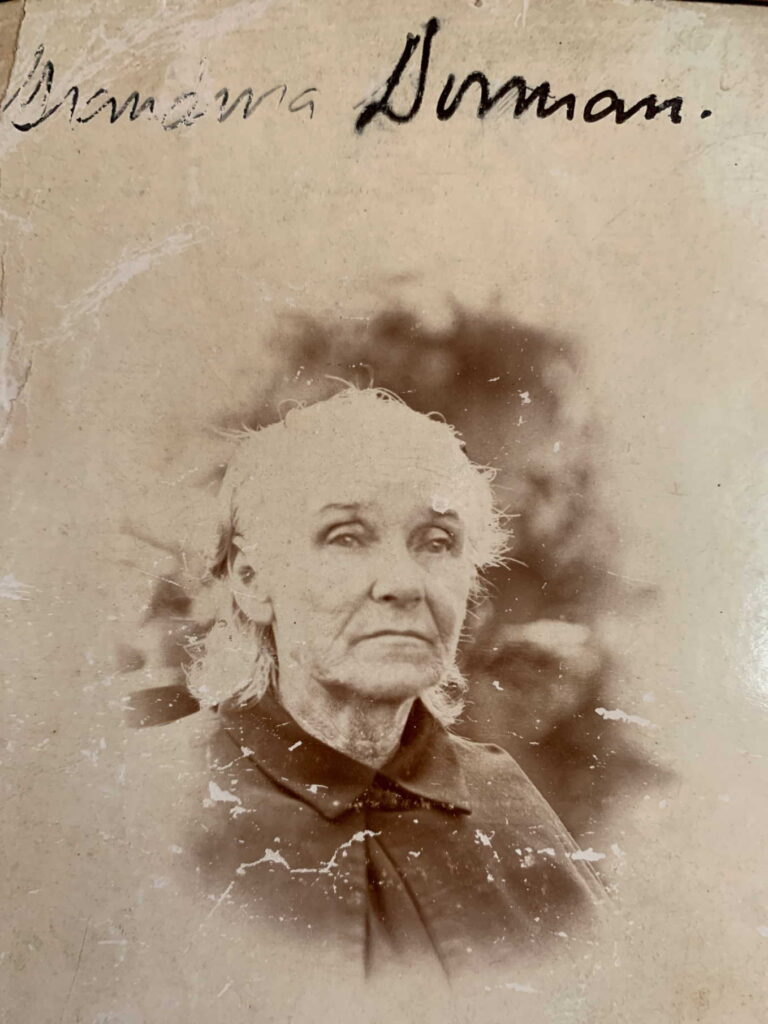
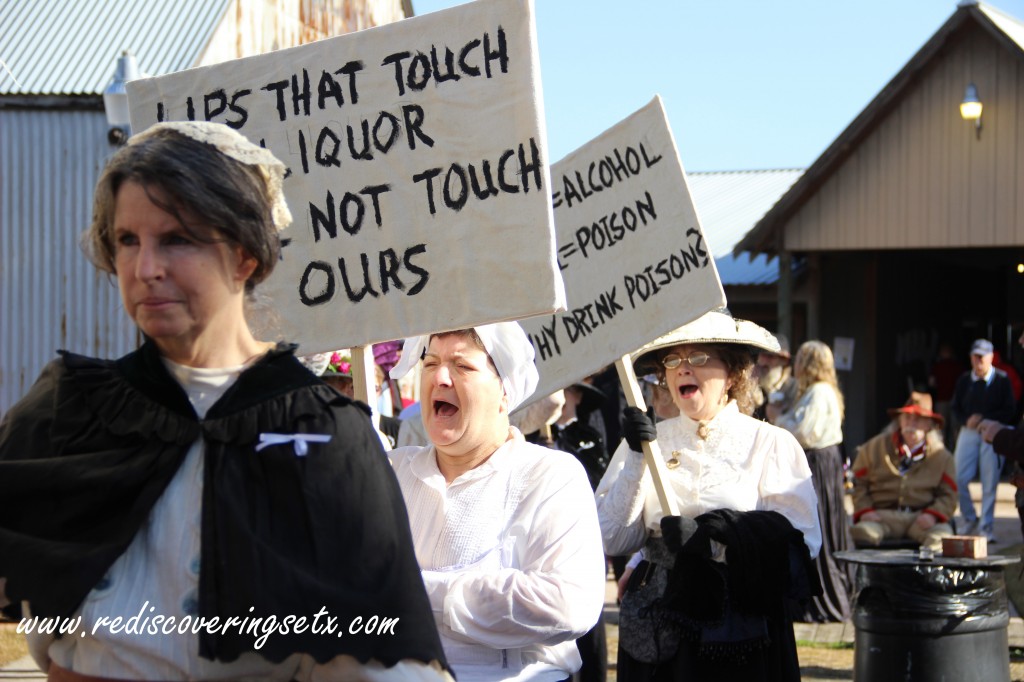
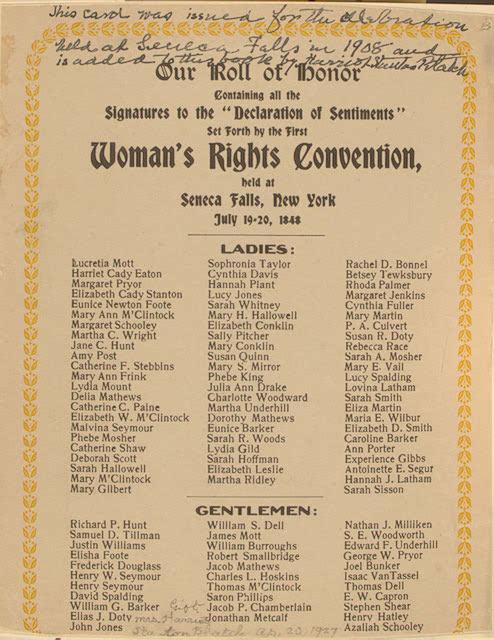
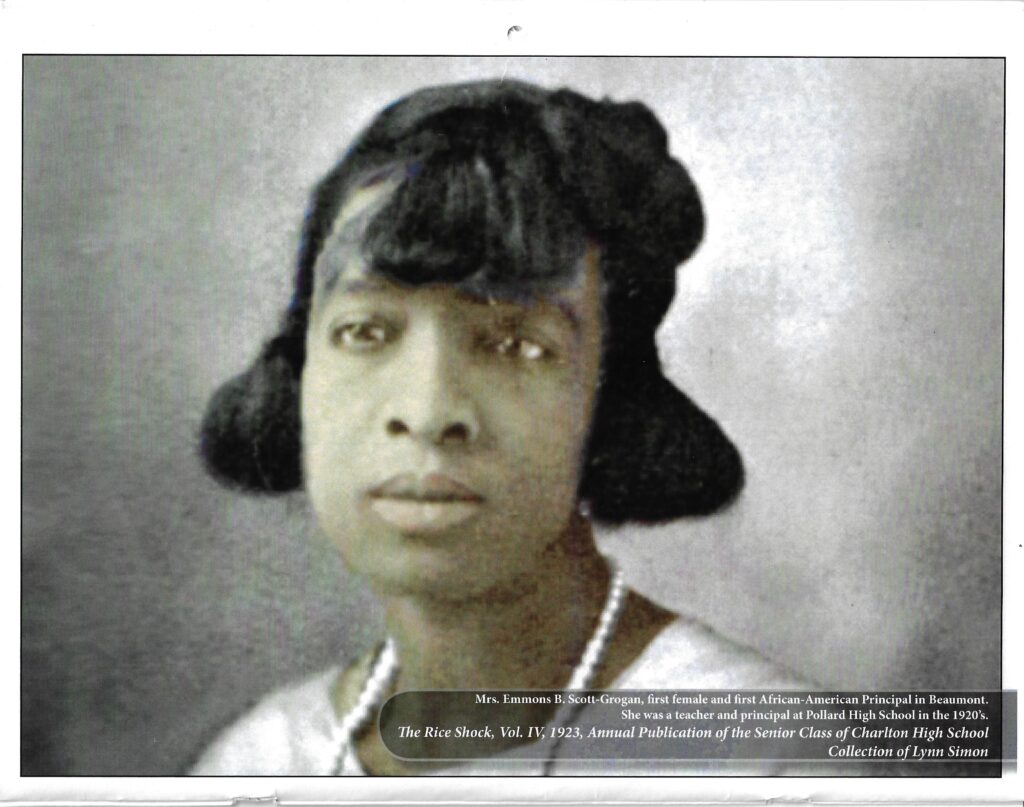
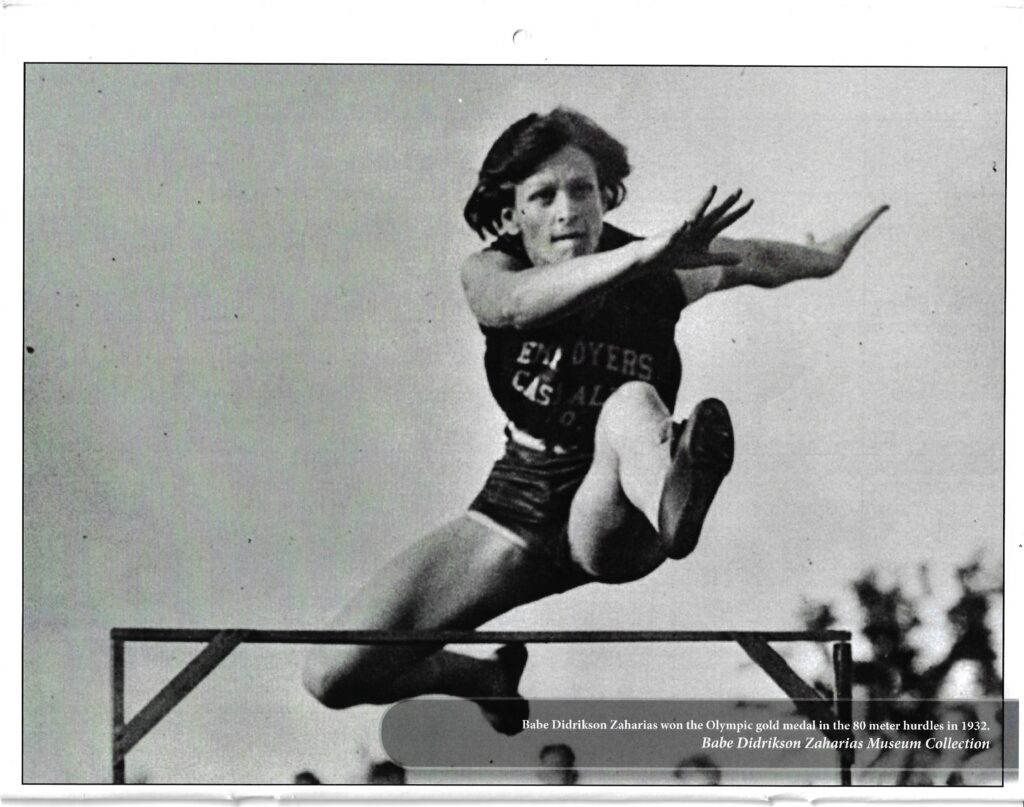
You must be logged in to post a comment.